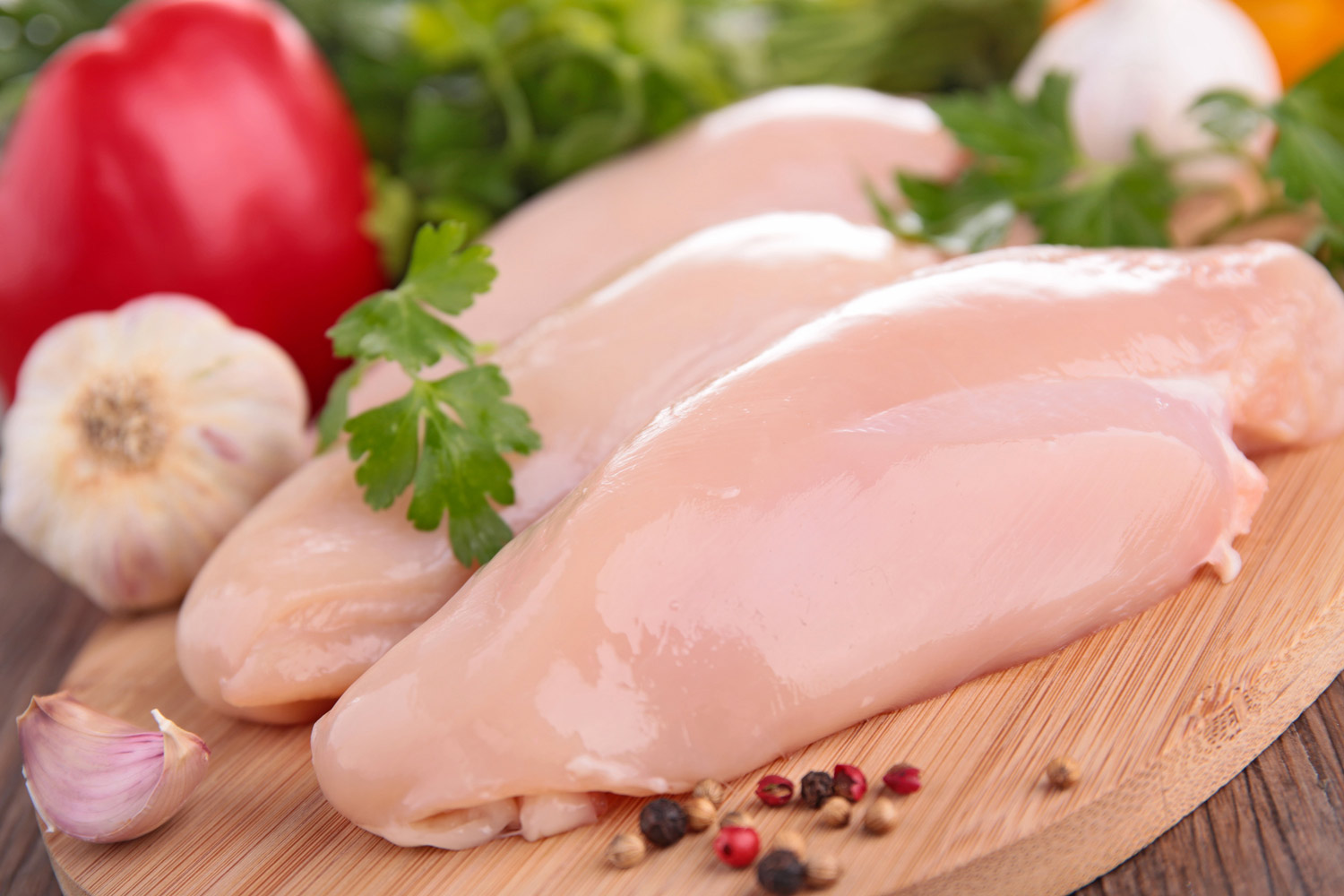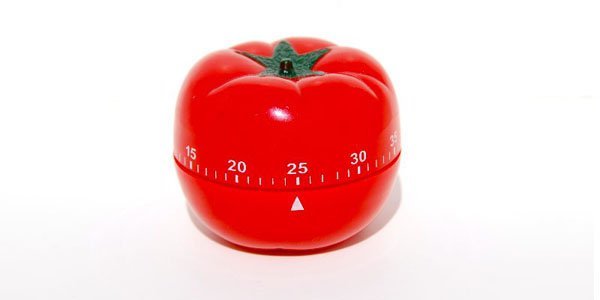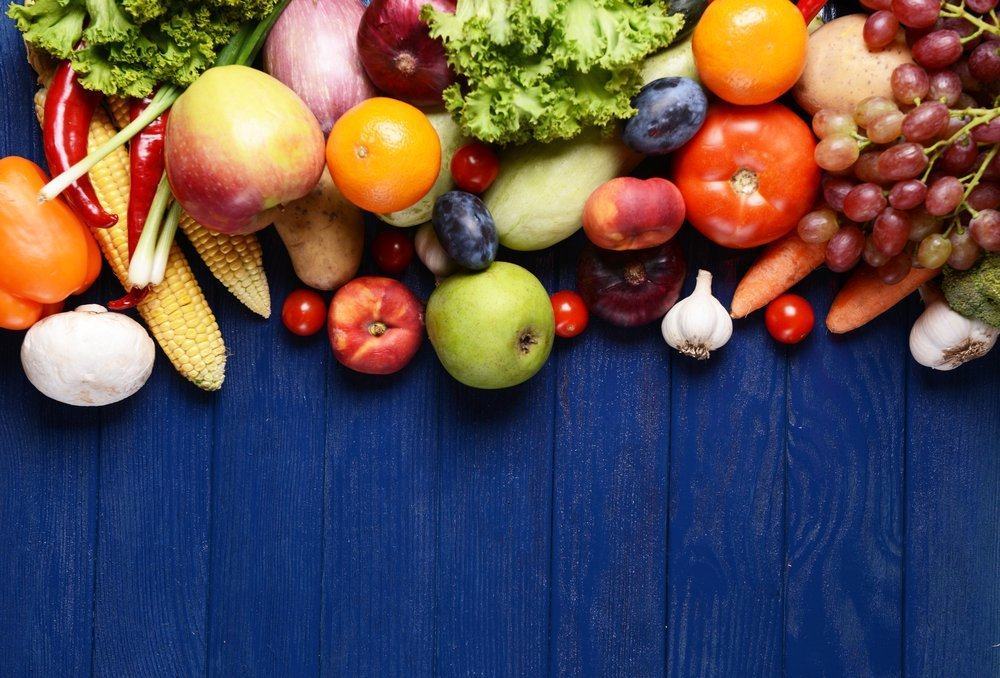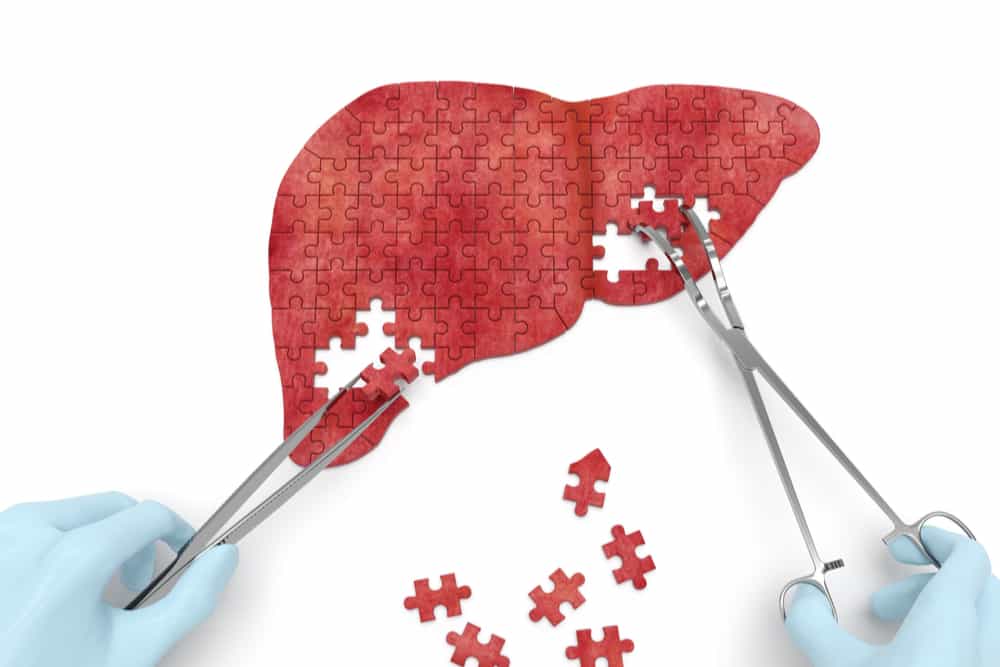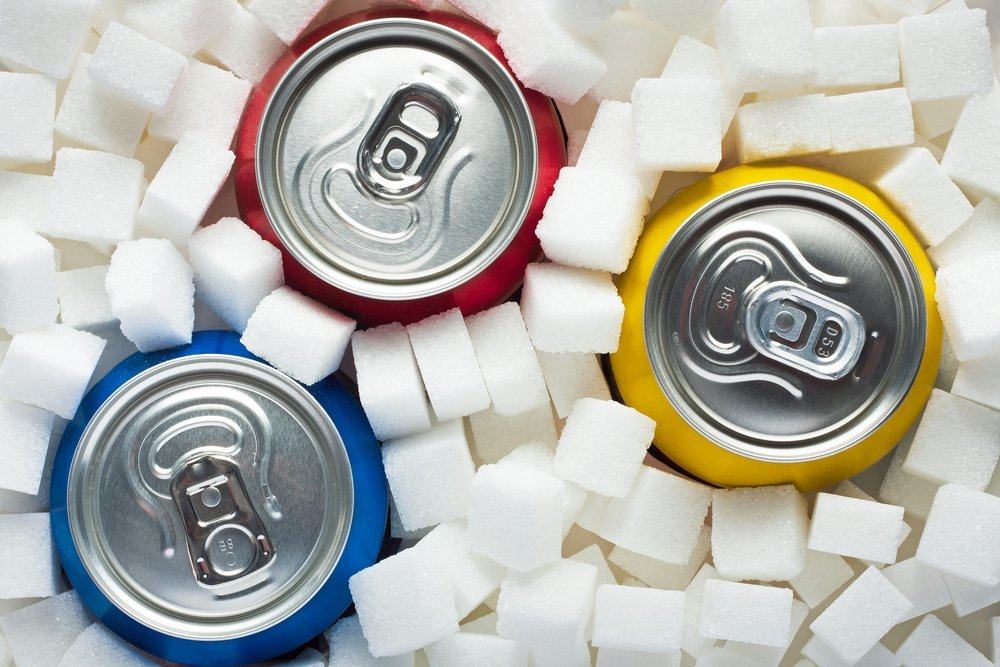Contents:
- Medical Video: CHICKEN BREAST VS CHICKEN THIGHS | Which one to pick?
- Comparison of nutritional value between thighs and chicken breasts
- 1. Protein
- 2. Fat
- 3. Calories
- 4. Cholesterol
- 5. Sodium
- Whether or not chicken meat is consumed depends on how you process it
- How to process and store the right chicken
Medical Video: CHICKEN BREAST VS CHICKEN THIGHS | Which one to pick?
Every time you go to a restaurant or place to eat and order a chicken menu, you will definitely be asked, "chicken breast or chicken thighs?". There are some people who do not mind what part, but there are also those who choose certain parts. Which of the two, which is healthier?
Comparison of nutritional value between thighs and chicken breasts
Chicken thighs are cheaper and easier to process than chest. On the other hand, chicken breast is more economical because you can get more meat and less skin. How about the health? Let's peel one by one.
1. Protein
Both the chest and chicken thighs are both good sources of animal protein. One piece of grilled chicken thigh weighing about 85 grams contains 21 grams of protein. While chicken breast contains a higher amount of protein, which is around 25 grams. That is, Chicken breast contains more protein than chicken thighs.
The recommended intake of protein every day is around 46 grams for women and 56 grams for men. This protein is important for enhancing immunity, cell growth, and formation of muscle mass.
2. Fat
The difference in the nutritional content of chicken breast and chicken thighs is more clearly seen in the fat content. Evidently, Chicken breast is lower in fat than chicken thighs. Every 85 grams of grilled chicken breast contains 7 grams of total fat and 2 grams of saturated fat. This amount is 10 percent and 9 percent of the recommended daily intake.
Meanwhile, chicken portions with the same portion contain 13 grams of total fat and 3.5 grams of saturated fat. This amount is equivalent to 20 percent of the recommended daily intake of total fat and 18 percent saturated fat. So to reduce the fat content, you can get rid of the skin on the chest and thighs before consuming it.
3. Calories
The difference in the number of calories in chicken breast and chicken thighs also looks quite lame. Every 85 grams of raw chicken breast contains 170 calories, while in chicken thighs it contains 210 calories. This shows that Chicken thighs contain a higher number of calories than chicken breast.
4. Cholesterol
Cholesterol content in the chest and chicken thighs is classified as moderate. Every 85 grams of chicken breast contains 70 milligrams of cholesterol or 24 percent of the recommended daily intake. While for chicken thighs with the same portion containing 80 milligrams of cholesterol, or 26 percent of the recommended daily intake.
Eating foods high in cholesterol and saturated fat can increase the risk of plaque buildup in blood vessels so that it can cause heart disease. So, the American Heart Association recommends limiting daily cholesterol intake to 200 milligrams for people with coronary heart disease.
5. Sodium
Chicken breast and thighs contain sodium which is not much different. At 85 grams of chicken thigh contains 70 milligrams of sodium, while chicken breast contains 60 milligrams of sodium.
Sodium is an electrolyte mineral found naturally in food. The recommended daily value for sodium is 2,300 milligrams for healthy adults and 1,500 milligrams for people with high blood pressure. Sodium is indeed needed to maintain fluid balance and muscle work in the body. But be careful, if too much can cause water retention which increases blood pressure.
Whether or not chicken meat is consumed depends on how you process it
Of course this estimate is only seen from the raw meat. The cooking technique and the addition of certain spices can change the nutritional value of the dish a little more or less, regardless of which part of the chicken you choose.
Chest meat and thighs do not contain carbohydrates. But when you add sauce barbecue, honey or flour in chicken meat, the carbohydrate content will certainly increase. If you do not want to consume excess carbohydrates, it's good to eat the meat without giving additional sauce or a layer of flour on the meat. You can also get rid of the chicken skin so that chicken is less fat and calories.
Frying and "tapping" are also staying as cooking techniques that can boost the calorie value of food. That's why, mroasted, steamed, or boiled. considered to be a healthier choice to reduce the number of calories and fat.
How to process and store the right chicken
Whatever part of chicken you choose, make sure to clean it properly before processing. Raw chicken should not be washed before cooking. Because, this can increase the risk of transfer of bacteria from raw chicken.
Also make sure to wash your hands with soap and warm water at least 20 seconds before and after processing raw chicken. After that, cook chicken meat at a minimum temperature of 75 degrees Celsius to kill all germs that are in chicken meat.
If you want to store chicken meat, store it inside freezer. This method aims to reduce the risk of spreading bacteria to food. If you want to start processing, melt the chicken first by placing it on the shelf under the refrigerator. Use separate tools, containers and cutting boards for each raw material that is cooked.

